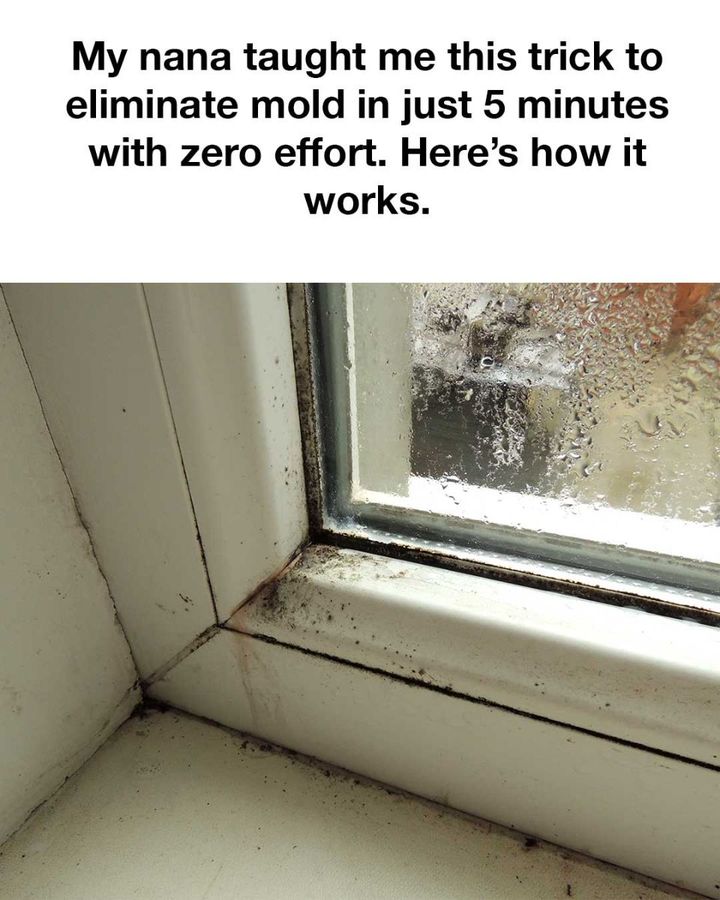Scrubbing (Minimal Effort Required):
After the peroxide has had time to work, use the small brush or old toothbrush to gently scrub the moldy area. In most cases, the mold will have loosened considerably, making it easy to remove with just a few light strokes.
For more stubborn mold, you may need to apply a bit more pressure, but generally, the hydrogen peroxide does most of the heavy lifting.
Wiping Clean:
Once you’ve scrubbed away the mold, use a clean cloth or paper towels to wipe down the surface. This will remove any remaining mold residue and excess hydrogen peroxide.
If needed, spray a little more hydrogen peroxide on the surface and wipe again to ensure it is thoroughly clean.
Drying:
Finally, ensure the area is completely dry. Mold loves moisture, so keeping the area dry will help prevent future growth. You can use a fan or dehumidifier to speed up the drying process if necessary.
Why This Method Works
Hydrogen peroxide is effective against mold because it releases oxygen when it comes into contact with the mold, causing a bubbling action that helps to lift and break down the mold. This reaction not only kills the mold but also helps to remove it from surfaces without the need for harsh chemicals or extensive scrubbing.
Additional Tips
Preventing Future Mold Growth: To keep mold from coming back, try to keep the affected area as dry as possible. Use dehumidifiers in damp areas like basements and bathrooms, and make sure to fix any leaks promptly.
Regular Maintenance: Regularly inspect areas prone to mold growth and treat them with hydrogen peroxide at the first sign of mold. This will help you catch any issues early and prevent large-scale infestations.
Safe Use: While hydrogen peroxide is generally safe, it can cause skin irritation for some people. Wearing gloves during application can help protect your skin. Also, avoid using hydrogen peroxide on delicate or colored fabrics as it can cause bleaching.

